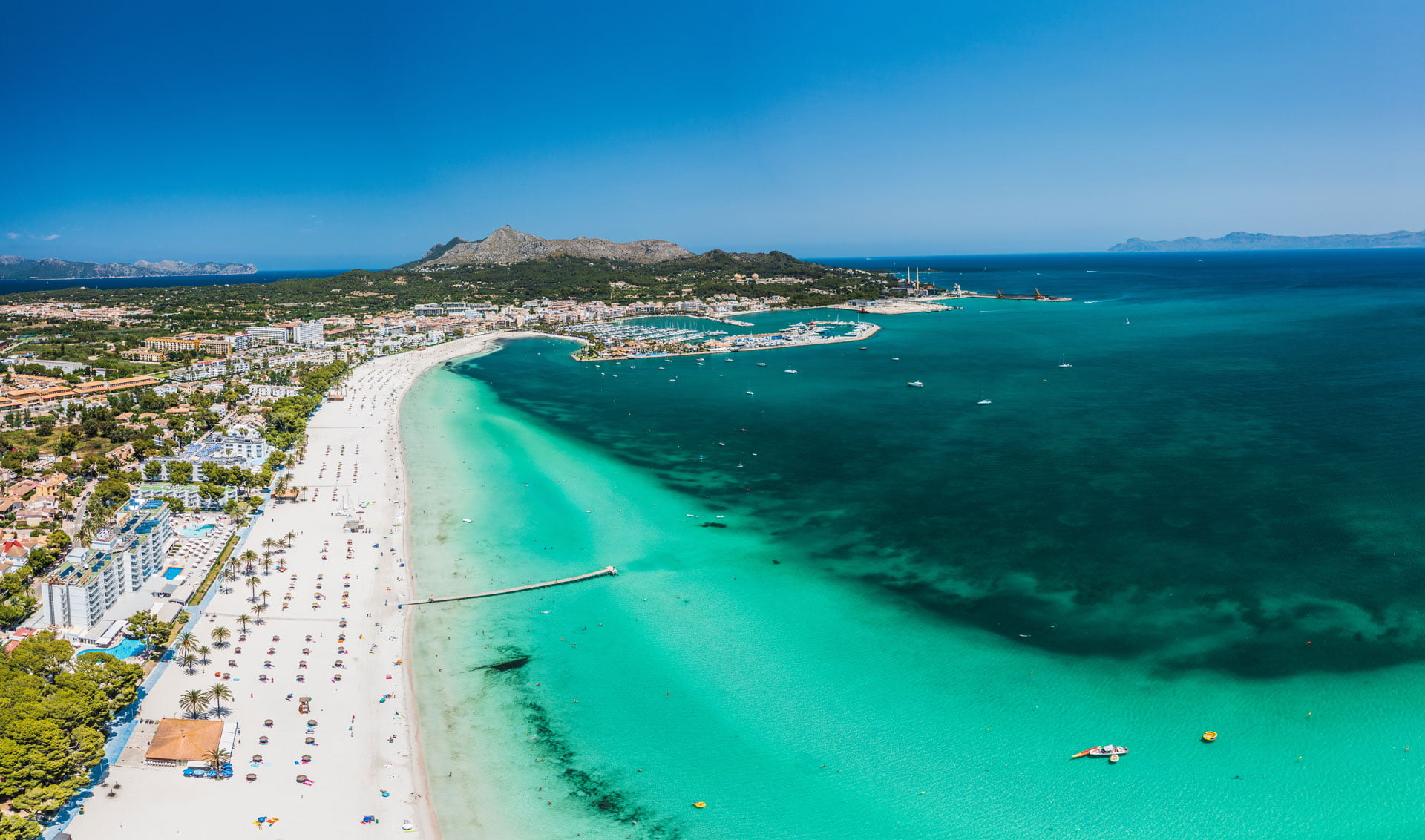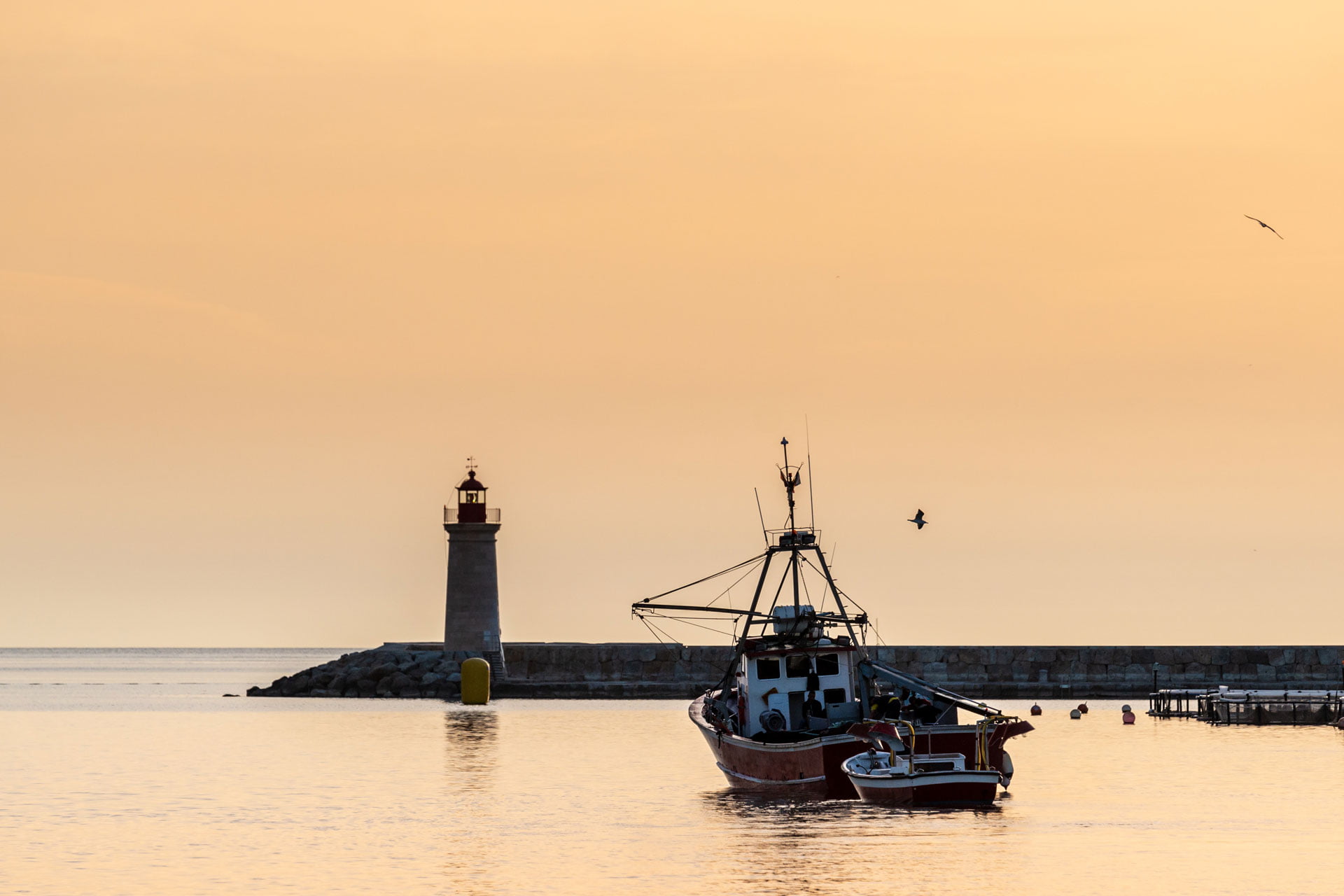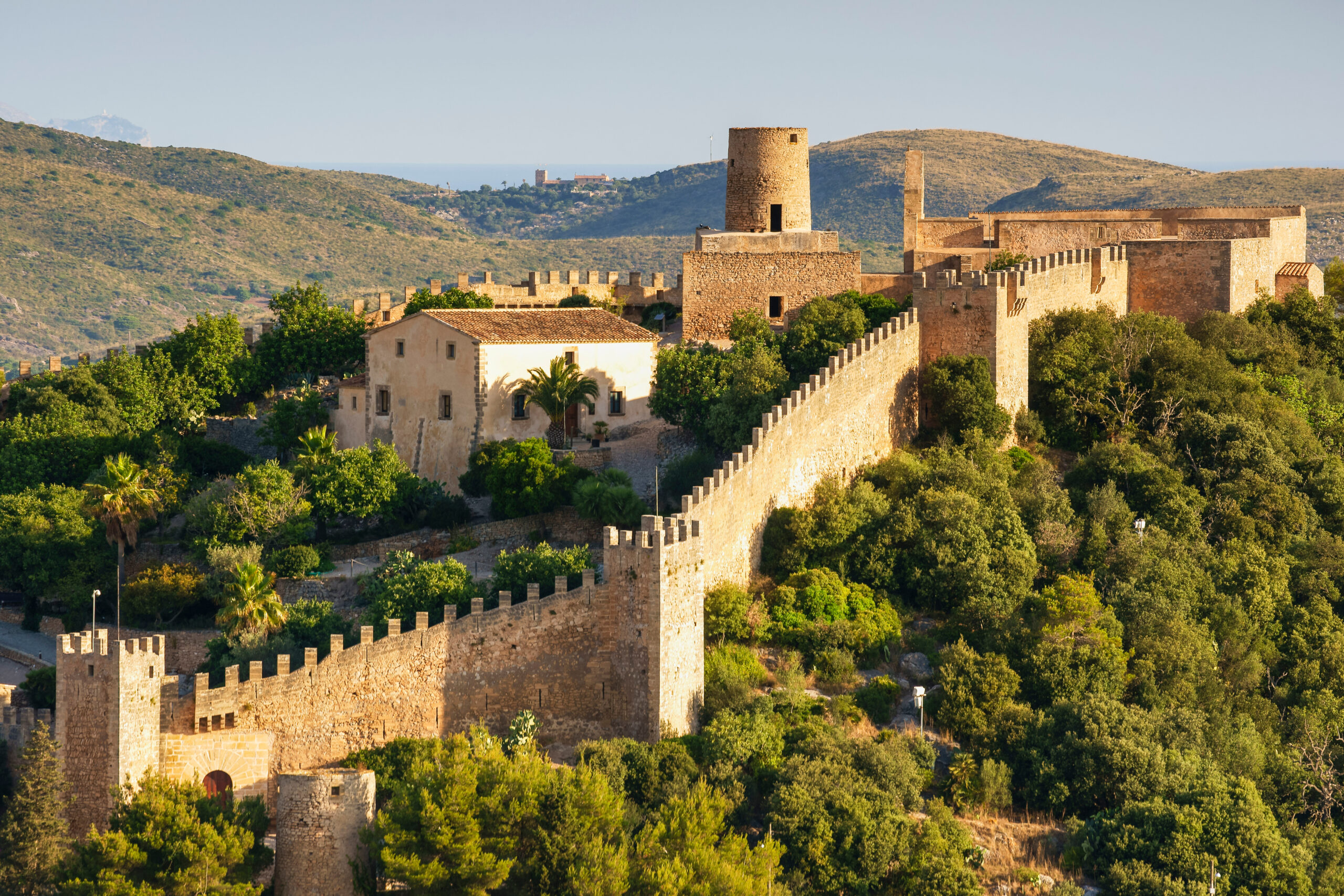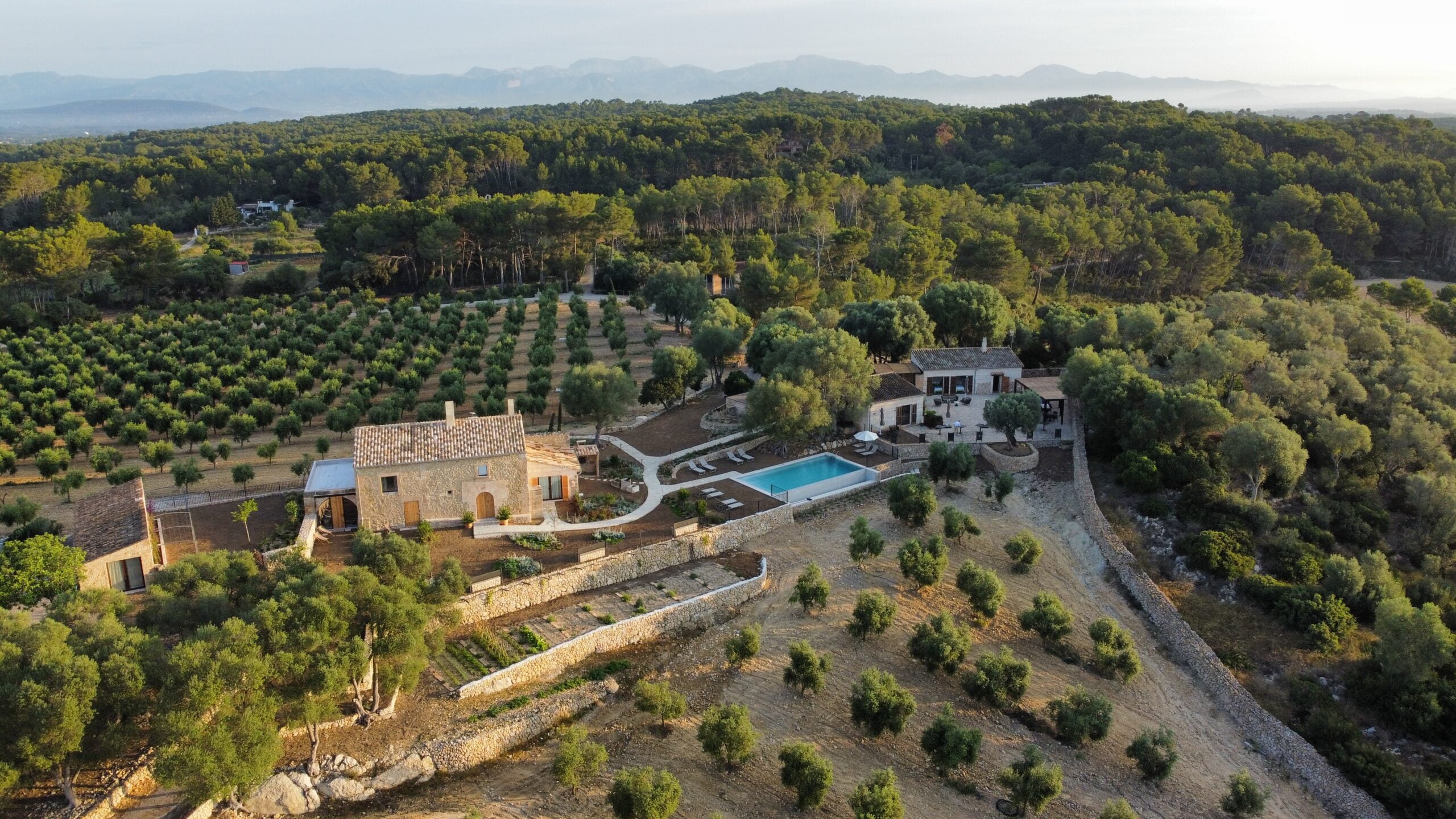Ideal weather is something that Mallorca enjoys practically every day of the year. Even if it rains sometimes, the sun shines even in the coldest seasons. The pleasant temperature and the diverse and formidable orography make this island an idyllic and perfect place to think about outdoor plans, even in the center of the island.
Although the coast, the capital and some villages of the Tramuntana are the best known places on the island, the truth is es Pla de Mallorca is as worthy of admiration as everything else. This inland area of the largest island of the Balearics preserves ancient monuments and traditions, which are a reflection of the economic and cultural activity of Mallorca’s past.
Although there are multiple activities to do, this time we have opted to show you those outdoors plans to do at any time of the year.
The plans you can make in Pla de Mallorca at any time of the year.
- Excursion to Puig de Randa and visit to Santuari de Cura.
- Route of Pla de Mallorca windmills and possessions.
- Visits to the archaeological sites and Talayotic settlements.
- Walk and shop around the centenary Sineu Market.
- Gaze at the sky at the Astronomical Observatory of Mallorca.
1. Excursion to Puig de Randa and visit to Santuari de Cura.
In the municipality of Algaida, we find the highest point in the island’s center, Puig de Randa, in a beautiful village of the Pla de Mallorca which has the same name. If you are passionate about hiking, this excursion is without a doubt one of the most formidable plans you can make to contemplate the spectacular landscape that is discovered at different points of the trail.
As one ascends, it’s possible to see the different villages in the center of the island and look further afield, glimpsing Serra de Tramuntana or the bays of Palma and Alcúdia. With its 543 meters high, Puig de Randa offers exceptional panoramic views, worthy of admiration. In them you will discover practically intact landscapes, dotted with quiet and charming farming villages.
In addition, on its ascent you can stop at places such as the Santuari de Gracia or the Ermita de Sant Honorat, historic constructions from the 15th and 14th centuries, respectively. And let’s not forget about the Santuari de Cura at the top of Puig de Randa. This last one is the place where Ramon Llull, a historical character as they come in Mallorca, spent years in retirement.
2. Route of Pla de Mallorca windmills and possessions.
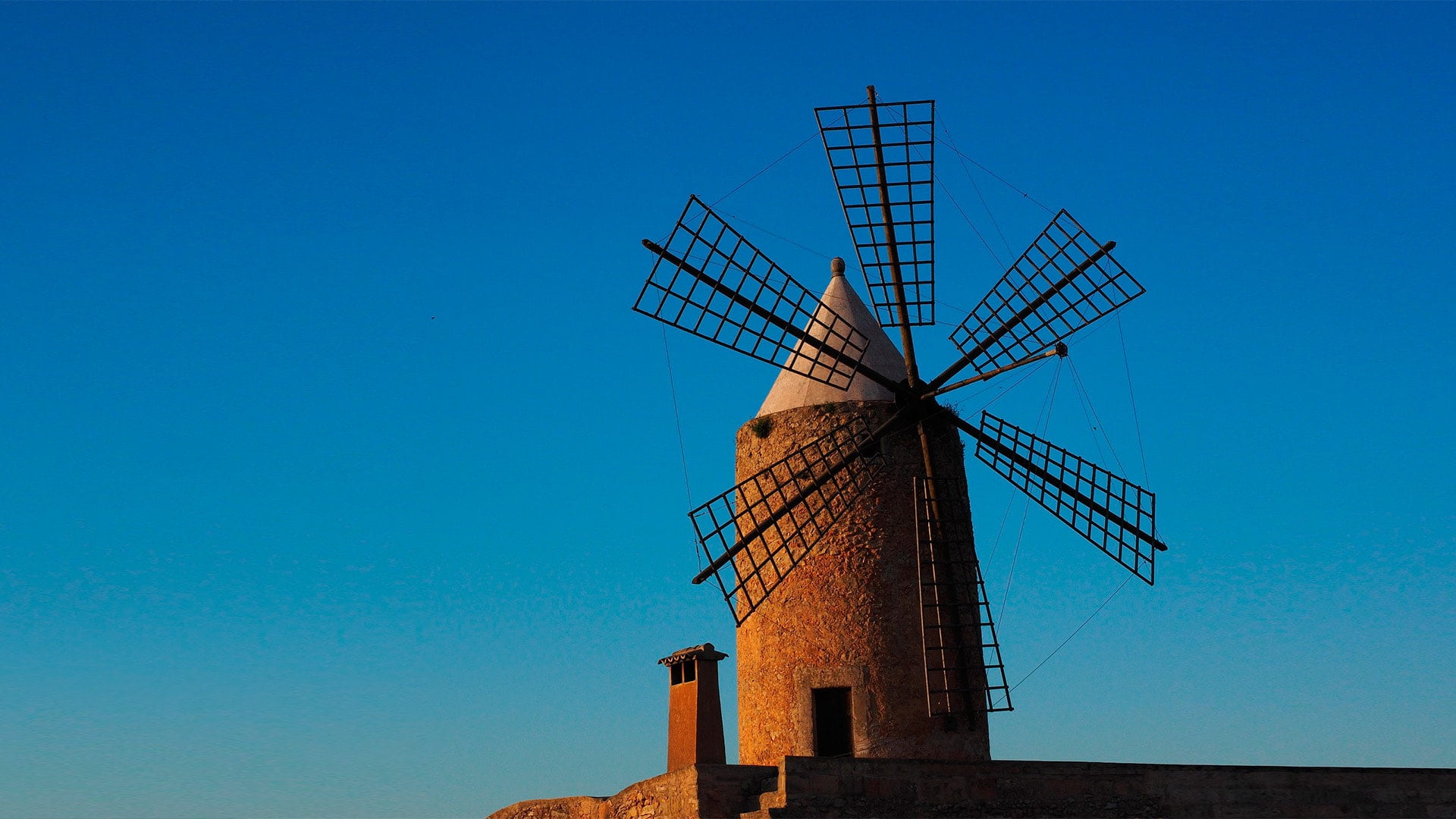
The formidable windmills and possessions are elements that indisputably characterize the landscape of Pla de Mallorca. Although some of them are no longer in use, many have been restored over time and preserved to commemorate the tradition of the most important economic activity on the island for decades: agriculture and livestock. Therefore, it’s not surprising you can find a Windmill Route in es Pla and that some of the possessions in the center of the island are open to the public.
Since there are multiple windmills in the Pla de Mallorca, practically in each of the municipalities that shape this region, those who wish to visit them all usually choose to take a bicycle route. In this sense, cycling lovers can enjoy a spectacular landscape, while making an ideal tourist itinerary.
But if the bicycle is not an option, it is also possible to make a route through some of them and stop to visit some of the spectacular possessions of the region. Also, if gastronomy is another of your interests, we invite you to visit ours. Our olive farm extends through Algaida, from where you can see the Puig de Randa and, if you want to book a visit with us, you can enjoy not only a walk through our olive grove, but also a tasting of our extra virgin olive oil with Designation of Origin of Mallorca, which is made out of the arbequina variety.
3. Visits to the archaeological sites and Talayotic settlements.
In the past, Pla de Mallorca was the main settlement of many inhabitants of the island. That is the reason why this region has a wide variety of archaeological sites and settlements from the pre-Talayotic and Talayotic periods. Examples of this are the Talayotic Sanctuary of Son Corró or the archaeological site Museum of Son Fornés, to name a few.
The first, the Talayotic Sanctuary of Son Corró, dating from the Post-Layotic period around the 4th century BC, is located next to the road between Sencelles to Costitx. This site is specifically an apsidal floor in which seven columns rise from the lowest to the highest in pairs to what was an altar in which divinities associated with livestock, fertility or war were venerated.
The second, archaeological site Museum of Son Fornés is located 2.5 km from Montuïri. Placed in a flour mill dating from the 18th century, the museum contains some of the archaeological remains of the most important Talayotic site in Pla de Mallorca. To visit it is to delve into the most remote past of the island and discover how some of the inhabitants of the Mediterranean lived.
4. Walk and shop around the centenary Sineu Market.
The traditional Sineu Market, a weekly event that has been held since at least 1252 – the first year in which it was documented– takes place every Wednesday in Plaça d’es Fossar of the village with the same name.
In what is the most famous market on the island, neighbors and local producers meet with their fruits, vegetables and other local gastronomic products, as well as agricultural tools and machinery, animals, clothing and footwear and other artisanal goods.
This market makes it possible for visitors to Mallorca to get to know the agriculture and livestock of the es Pla, participating in the economic activity, as well as enjoying the different local products.
5. Gaze at the sky at the Astronomical Observatory of Mallorca.
Another of the activities that we find fascinating, in addition to discovering the landscapes, history and traditions of Mallorca, is getting to observe its skies. In the heart of Costitx you can find the Planetarium and Astronomical Observatory of Mallorca, which has one of the largest permanent exhibitions on meteorites in Spain.
In this place, nights with clear skies are quite frequent, so you could clearly observe the Moon and the different constellations. In addition, starting at 7:00 p.m., every Friday and Saturday “Evolution” is screened in the Planetarium, which consists of an audiovisual program in several languages. After this projection, the guided tour begins in which it is possible to use the telescopes to glimpse the wonders of space. A great activity that will surprise visitors of all ages.
Susbcribe to our newsletter

